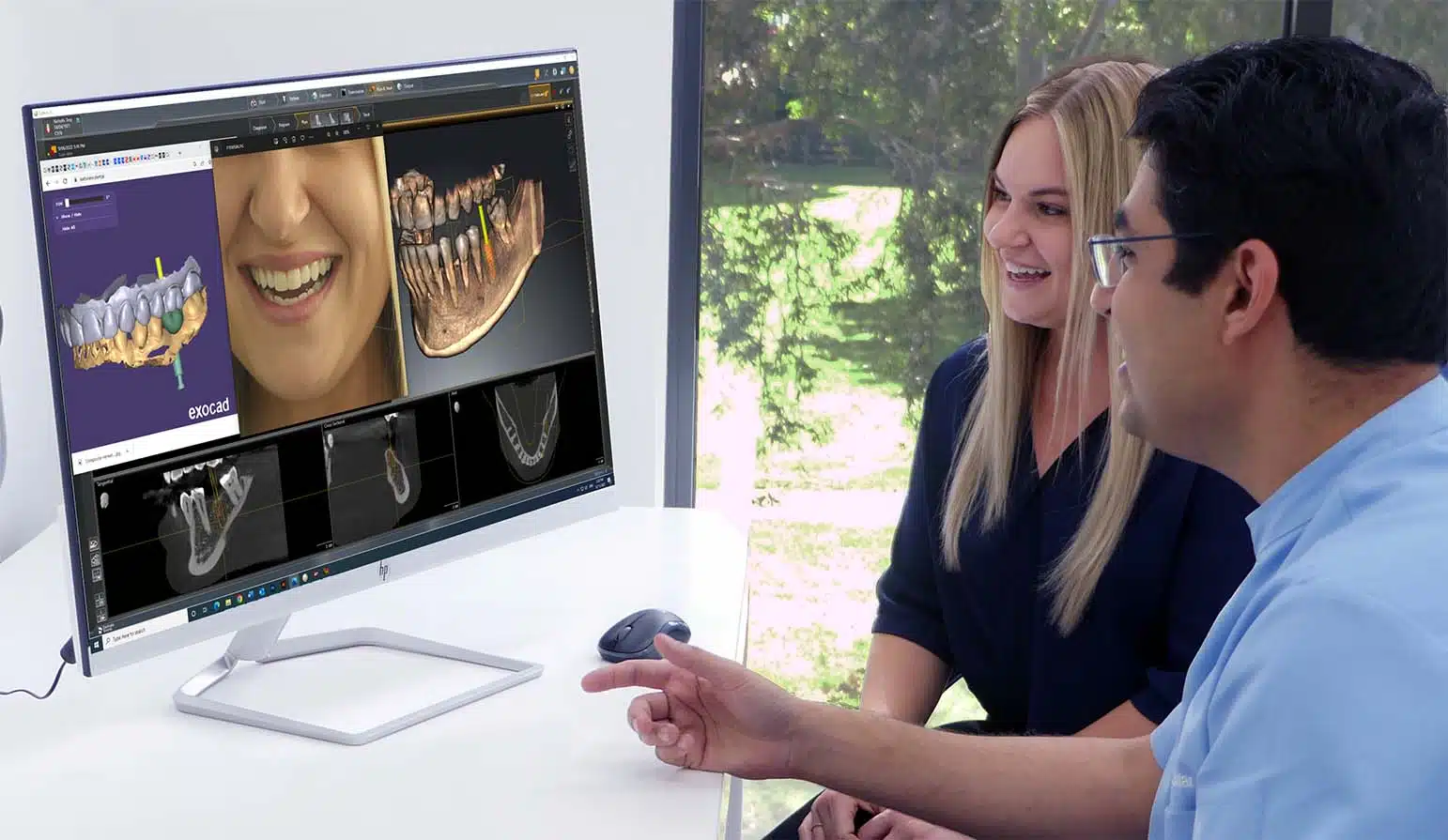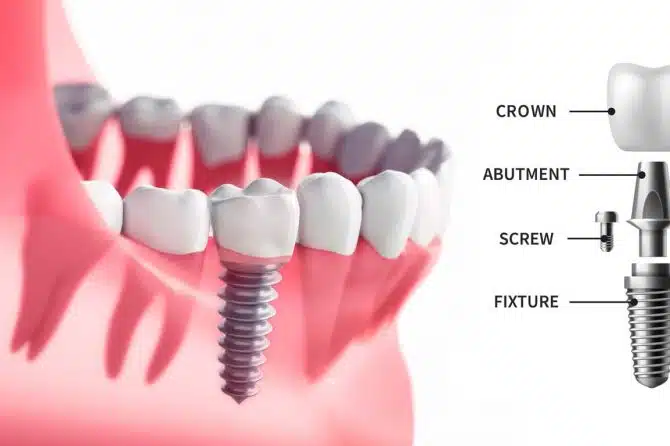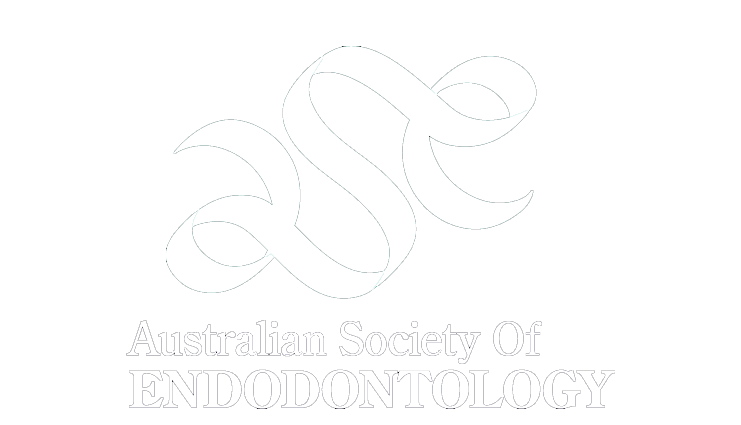Dental Implants Gold Coast
Dental implants are considered the gold standard – that is, the best option – for replacing missing teeth. Thanks to advances in technology, the procedure has become more affordable, much simpler, and virtually pain free. This simple guide is designed to help you understand how they work and answer some of the most frequent questions about dental implants on the Gold Coast.
Sometimes – whether it’s from trauma or sports injury, severe decay, gum disease or fractures – we have to say goodbye to one or more of our teeth.
Losing a tooth can be challenging from both an emotional and a functional point of view. It can significantly affect your ability to chew and your confidence when talking and smiling.
Take Our 60 Second Quiz & See if Dental Implant is Right for You
What is a dental implant?
A dental implant is a specially designed titanium screw (also known as the implant fixture) that is placed into the jawbone, where it will act just like the root of a normal tooth. Later, a tooth crown (the visible part of the tooth in the mouth) will be attached to it.
The surface of a dental implant is designed to allow bone cells to fuse to it. The screw is made of titanium, which is very compatible with our body and has been used in other medical procedures such as fixing fractured bones together (plates) for many years.
The process of fusing bone to the dental implant is known as osseointegration. It can take 2–4 months and is the most important step in a successful dental implant treatment.
What is a dental implant crown?
A dental implant crown, the part of the tooth that is visible in the mouth, is used for chewing and affects appearance. This crown is either screwed or cemented on to the dental implant.
What is the process of placing a dental implant at Trusted Dental Gold Coast?
- Initial assessment and pre-planning
Planning and investigations are necessary to ensure you have a successful dental implant that will achieve the best aesthetic and functional outcomes and serve you for many years to come.
At your first free dental implant consultation, one of our experienced dentists will thoroughly examine and assess not only the missing teeth areas but also your general dental and medical situation. During this visit, we will assess:
- Your medical history. Some health conditions can influence the success rate of a dental implant. Uncontrolled diabetes, heavy smoking and osteoporosis (low bone density) are some of the main risk factors.
- Your current oral and dental condition. Your dentist will check carefully for the presence of any gum disease and associated bone loss, as it may affect the long-term success of any dental implants. Your dentist will explain this to you.
- The bone quality and quantity. Your dentist will assess whether adequate bone is left to place a dental implant. Lack of bone is generally not a major issue; with modern bone grafting techniques, almost every situation is manageable. To achieve this, a 3D scan of the jaw will be done in our practice at the same appointment, and your dentist will explain the findings to you.
- Your smile and teeth position and colour. This is exceptionally important when missing teeth are replaced with a dental implant in the cosmetic area at the front of the mouth. This is a great opportunity to discuss any aesthetic concerns you have, such as the colour of your front teeth and what your expectations are for the dental implant in the cosmetic area. The thickness of the gums and the smile line play a big role in optimal cosmetic results.
- Final dental implant planning
After the initial assessments are completed and your dentist confirms that you are a suitable candidate for dental implants, the planning phase starts. This may happen at the same visit or, in a more complex case, an additional visit may be required. During this phase, your dentist will:
- Plan the size and position of the dental implants on your 3D jaw scan and explain this to you.
- Perform an intra-oral scan. This is a camera scan of your teeth to produce a colour 3D picture of your teeth. This scan will only show the teeth and gum.
- Using complex technology while utilizing the two 3D scans and AI algorithms, a surgical guide will be prepared and printed. This will exactly guide the perfect placement of implants, resulting in more accurate and much quicker placement compared to conventional methods. This significantly improves the whole experience, leading to a comfortable and almost pain-free experience even after the local anaesthetic wears off.
Below you can see some samples of a 3D jaw scan, a 3D intraoral scan, and dental implant surgical guides.
- Dental implants placements day (surgery day)
After planning and preparing your surgical guide, we finally get to place your dental implant/s at one of our rooms at Trusted Dental Gold Coast. The room will have been specifically prepared to the highest hygiene and sterilization standards for the purpose of this surgery.
At this appointment, your dentist will gently and precisely place your dental implants in the jawbone, using the surgical guide previously prepared. After the placement, and based on the position of your dental implant/s, you may receive an immediate temporary crown, a temporary denture or just a healing cap, which is a small cap screwed on top of the implant that stays 1–2 mm out of the gum.
On rare occasions, the dental implant will be completely submerged under the gum and will be exposed later.
The dental implant will now be left for 3–4 months to achieve full stabilization and fusion to the jawbone (osseointegration).
The surgery takes place under local anaesthetic. As mentioned before, thanks to advancements in technology, it will be performed promptly with minimal disturbance of normal tissues.
Your dentist/surgeon will go through some operation instructions with you and will normally review the implant placement site about 10 days after the surgery.
- Confirmation of successful fusion of the dental implant to the bone and final scan
About 3-4 months after placing the dental implant fixture, your dentist will perform a series of tests to confirm successful fusion of the dental implant to the bone. Once this is confirmed, a final scan will be done using an intra-oral camera, and the data will be sent to a dental laboratory to precisely design and construct the final crown.
- Attachment of the final crown to the dental implant
When the final implant crown is ready, your dentist will screw or glue it on the implant fixture and check to make sure the crown is perfectly positioned. This is normally confirmed by a final radiograph. Your dentist will also check the contact between the adjacent teeth and the implant crown to ensure a tight contact is present. This will avoid the risk of a food trap. The final check is to make sure the bite on the implant crown is correct.
After this appointment, the dental implant and the attached crown will be regularly checked during follow-up appointments, and regular maintenance carried out if needed.
Accurate planning and study of each unique situation is critical for dental implants to be successful.
If you are missing a tooth and want to know more about dental implants, book a no-cost, no-obligation implant consultation at Trusted Dental Gold Coast to learn more about your options.
Take Our 60 Second Quiz & See if Dental Implant is Right for You





